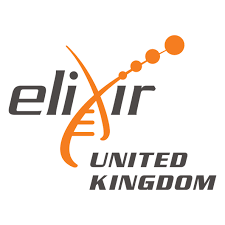GtoPdb is requesting financial support from commercial users. Please see our sustainability page for more information.
Sodium myo-inositol cotransporter transporters C
Unless otherwise stated all data on this page refer to the human proteins. Gene information is provided for human (Hs), mouse (Mm) and rat (Rn).
Overview
Three different mammalian myo-inositol cotransporters are currently known; two are the Na+-coupled SMIT1 and SMIT2 tabulated below and the third is proton-coupled HMIT (SLC2A13). SMIT1 and SMIT2 have a widespread and overlapping tissue location but in polarized cells, such as the Madin-Darby canine kidney cell line, they segregate to the basolateral and apical membranes, respectively [2]. In the nephron, SMIT1 mediates myo-inositol uptake as a ‘compatible osmolyte’ when inner medullary tubules are exposed to increases in extracellular osmolality, whilst SMIT2 mediates the reabsorption of myo-inositol from the filtrate. In some species (e.g. rat, but not rabbit) apically located SMIT2 is responsible for the uptake of myo-inositol from the intestinal lumen [1].
Transporters
Targets of relevance to immunopharmacology are highlighted in blue
|
SMIT1 (SMIT / SLC5A3) C Show summary » |
|
SMIT2 (SGLT6 / SLC5A11) C Show summary » |
Comments
How to cite this family page
Database page citation:
Sodium myo-inositol cotransporter transporters. Accessed on 06/12/2025. IUPHAR/BPS Guide to PHARMACOLOGY, http://www.guidetopharmacology.org/GRAC/FamilyDisplayForward?familyId=175.
Concise Guide to PHARMACOLOGY citation:
Alexander SPH, Fabbro D, Kelly E, Mathie AA, Peters JA, Veale EL, Armstrong JF, Faccenda E, Harding SD, Davies JA et al. (2023) The Concise Guide to PHARMACOLOGY 2023/24: Transporters. Br J Pharmacol. 180 Suppl 2:S374-469.








The data tabulated are those for dog SMIT1 and rabbit SMIT2. SMIT2 transports D-chiro-inositol, but SMIT1 does not. In addition, whereas SMIT1 transports both D-xylose and L-xylose and D-fucose and L-fucose, SMIT2 transports only the D-isomers of these sugars [4-5]. Thus the substrate specificities of SMIT1 (for L-fucose) and SMIT2 (for D-chiro-inositol) allow discrimination between the two SMITs. Human SMIT2 appears not to transport glucose [6].